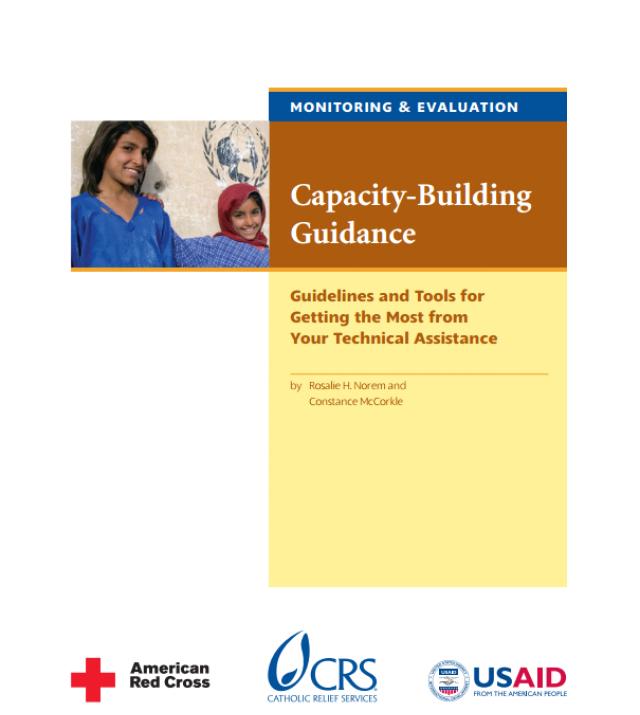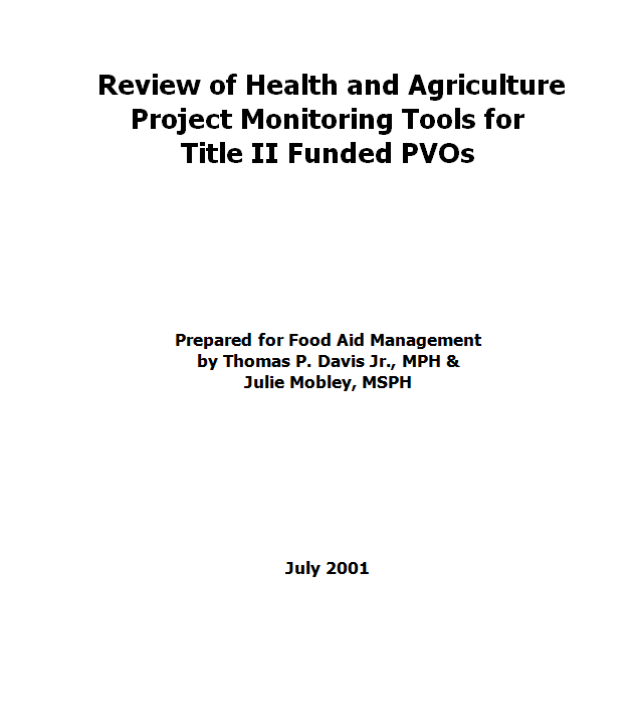
Trigger Indicators and Early Warning and Response Systems in Multi-Year Title II Assistance Program

The U.S. Agency for International Development (USAID) Office of Food for Peace (FFP) 2006- 2010 Strategic Plan has a single, integrated Strategic Objective (SO): “Food Insecurity in Vulnerable Populations Reduced.”1 The FY 2008 Title II assistance proposal guidelines (APGs) include several recently introduced elements in line with that objective, such as the incorporation of “early warning and response mechanisms (including trigger indicators)” into Title II-supported multi-year assistance programs (MYAPs).2 Prior to 2006, in order to respond to an increase in food needs due to a shock, resources were often diverted from the development program to the emergency response. While this approach did facilitate a rapid response to acute food needs, it ran the risk of potentially undermining advances being achieved by the development interventions. The FY 2008 Title II APGs aim to improve this approach by allowing the continuation of development interventions, with appropriate modifications to respond to changing circumstances, while adding emergency resources to the program to respond to food needs over and above those that are being addressed by the adjusted development interventions.
This paper aims to review briefly Cooperating Sponsor (CS) experiences with operationalizing trigger indicators (TIs) and early warning and response (EWR) systems to date; outline the key characteristics of EWR systems and TIs within the MYAP context; and provide suggestions on how CSs can operationalize the FFP guidance on TIs.

